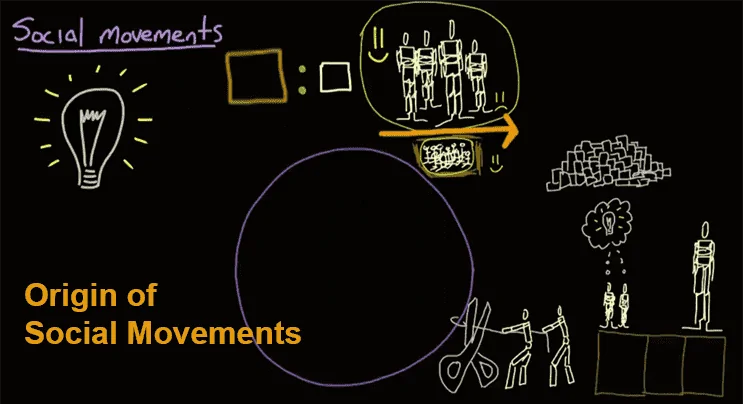Discuss the main approaches to the study of kinship system in India.
Approaches to the study of kinship can be broadly classified under two headings:
The Indological Approach:
As the social institutions of Indian society are rooted in literary and learned traditions, many sociological studies have made use of textual sources for explaining the ideological bases of our institutions. K.M. Kapadia has used classical texts to describe Hindu kinship. Hindu Social Organisation by P.H. Prabhu is also based on Sanskrit texts. Similarly, Trawati Karve and G.S. Ghurye have extensively worked on Indian kinship system.
Both have used textual sources to explain kinship pattern in different regions of India from a socio historical perspective. We can, therefore, say that Indological approach to the study of kinship has provided a framework to understand the elements of continuity and change in the system.
The Anthropological Approach: Descent and Alliance
Descent Approach:
Kinship in our society is used for establishing clear cut corporate social units. Each one of us is a member of such a cooperating and closely bound group of people. One can depend upon the help and support given by such people. Such cooperating local groups are always larger than elementary families of spouses and their children. When these groups are recognized or defined on the basis of shared descent, anthropologists call them descent groups. Formally speaking there are six possible avenues for the transmission of descent group member¬ship, from parents to children.
These are
Patrilineal: Where descent is traced in the male line from father to son,
Matrilineal: Where descent is traced in the female line from mother to daughter,
Double: Where descent is traced in both the father’s line as well as mother’s line for different attributes such as movable property in one line and immovable in another,
Cognatic (bilateral): Where attributes are transmitted equally through both parents. Here no unilineal groups can be formed but group structure can be cognatic, that is, the group of kinpersons on the father’s and mother’s side. Membership can be acquired through either the father or the mother,
Parallel descent: A very rare form of descent where descent lines are sex specific. Men transmit to their sons while women to their daughters, and
Cross or alternative type descent: This is also very rare. Here men transmit to their daughters and women to their sons.
Alliance Approach:
Another concept that figured prominently in the study of kinship systems in India is that of alliance. Kinship includes the consideration of the patterns and rules of marriage. When a sociologist pays special attention to these aspects of kinship, we say that he/she is following the alliance approach to understand the patterns of kinship. Many studies of kinship in India have focused on marriage as an alliance between two groups and on kinship terminology, as a reflection of the nature of alliance.
Because of their concentration on relationships arising out of marriage, we say that these studies follow the alliance approach. The main exponent of this approach is Louis Dumon.




